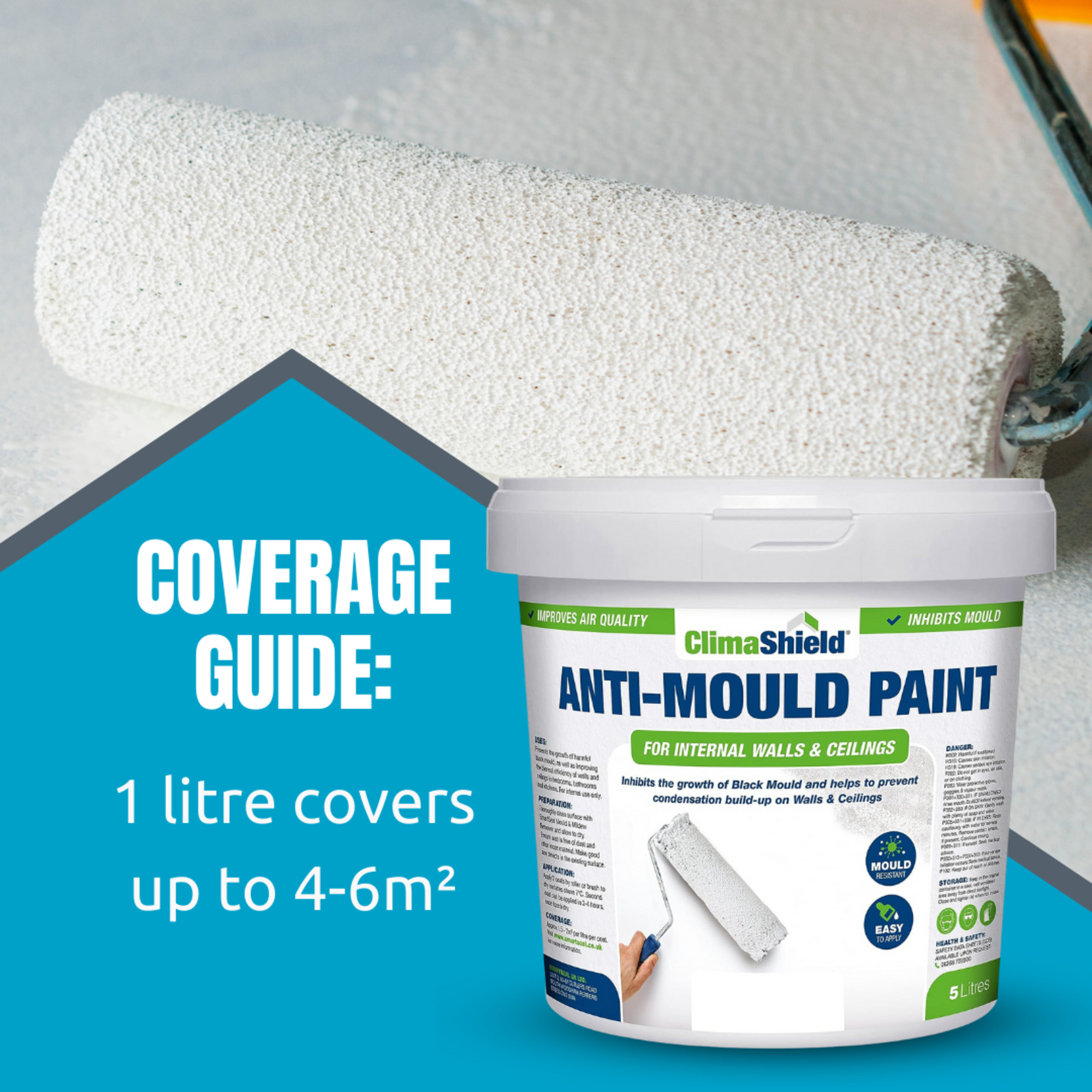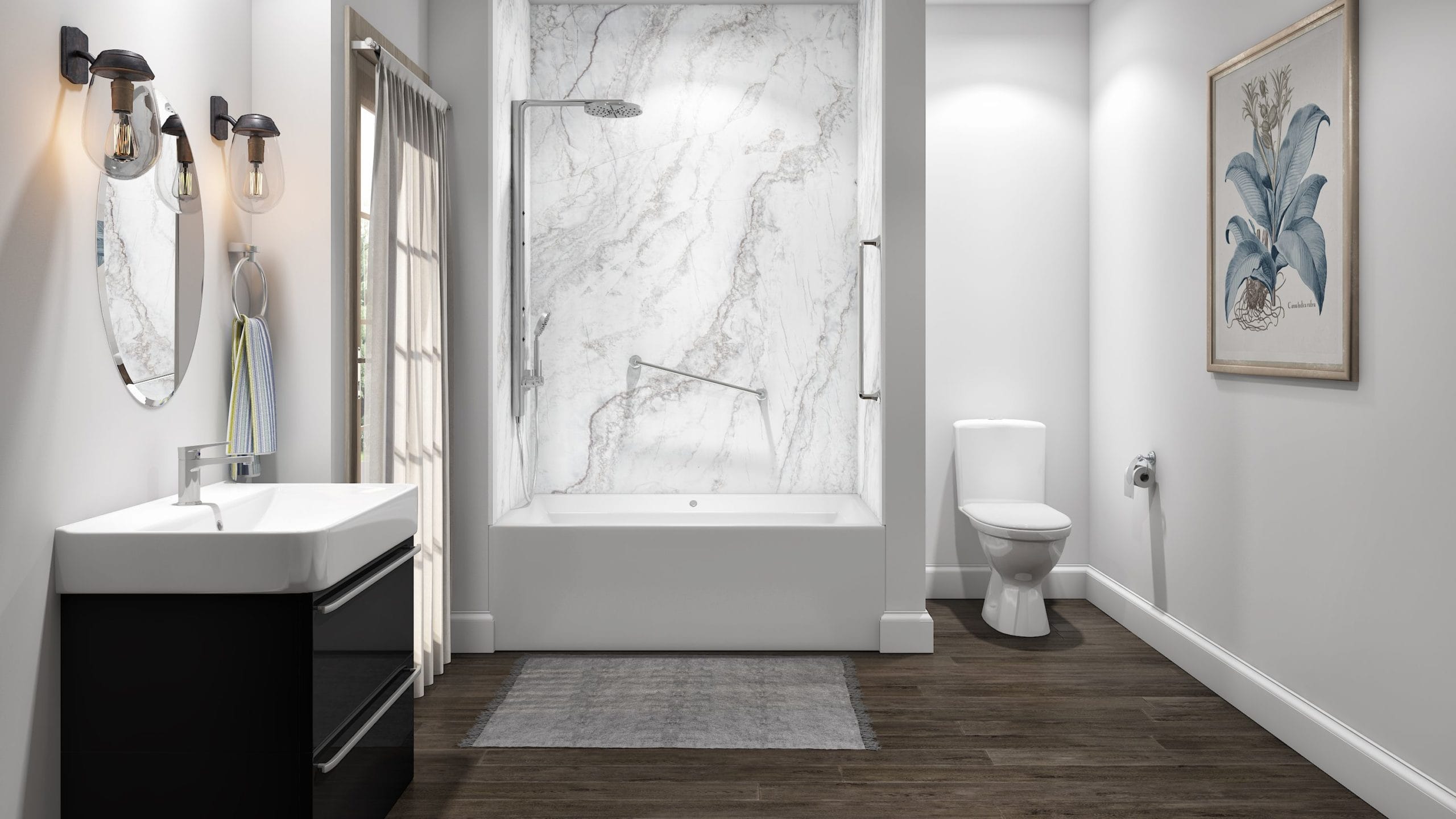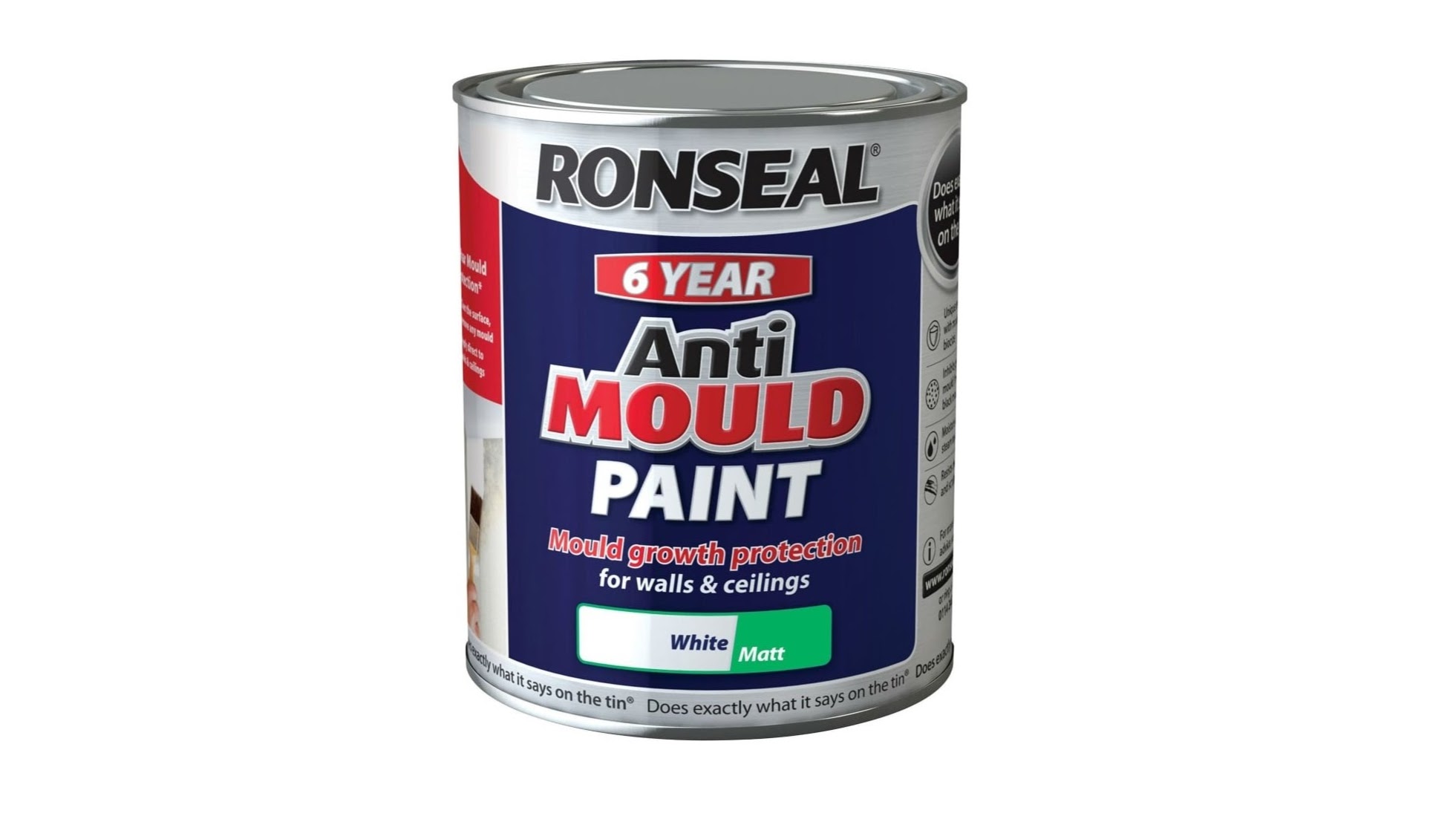Understanding Anti-Mould Bathroom Paint: Anti Mould Bathroom Paint

Battling mould in your bathroom can be a constant struggle. It thrives in humid environments and can leave your walls looking unsightly and potentially pose health risks. Fortunately, anti-mould bathroom paint offers a solution. This innovative paint goes beyond aesthetics, actively preventing mould growth and providing a long-lasting defence against this persistent problem.
The Science Behind Anti-Mould Paint
Anti-mould paint works by incorporating specific ingredients that inhibit mould growth. The most common approach involves the use of fungicides, which are chemical agents that kill or prevent the growth of fungi. These fungicides are typically incorporated into the paint’s binder, the component that holds the paint together and allows it to adhere to the surface.
Anti-mould paint works by inhibiting the growth of mould through the use of fungicides, which are chemical agents that kill or prevent the growth of fungi.
Key Ingredients and Their Roles
The effectiveness of anti-mould paint relies on a combination of key ingredients:
- Fungicides: These are the primary agents responsible for preventing mould growth. They work by disrupting the growth processes of mould spores, preventing them from germinating and forming colonies. Common fungicides used in anti-mould paint include zinc pyrithione, tributyltin oxide, and chlorothalonil.
- Biocides: Biocides are broader-spectrum agents that target a wider range of microorganisms, including bacteria and algae, in addition to mould. They often work by disrupting the cell membranes of these organisms, preventing them from functioning properly.
- Anti-bacterial agents: These agents are specifically designed to inhibit the growth of bacteria, which can contribute to the formation of mould by providing a source of food and moisture.
- Moisture-resistant binders: The binder in anti-mould paint plays a crucial role in creating a surface that is less hospitable to mould growth. Some binders are specifically formulated to be more resistant to moisture penetration, reducing the amount of moisture available for mould to thrive.
Types of Anti-Mould Paint
Anti-mould paint comes in various forms, each with its own strengths and applications:
- Water-based anti-mould paint: This type of paint is generally considered more environmentally friendly and easier to apply than oil-based paints. It is often preferred for indoor applications, as it emits fewer volatile organic compounds (VOCs) and dries quickly. Water-based anti-mould paints are suitable for most bathroom surfaces, including walls, ceilings, and trims.
- Oil-based anti-mould paint: Oil-based anti-mould paints offer a more durable finish and are often chosen for exterior applications or areas with high moisture levels. However, they can emit more VOCs, which can be harmful to indoor air quality. They are typically used on surfaces like bathroom floors, where a more robust and waterproof finish is required.
- Epoxy anti-mould paint: Epoxy paints are known for their high durability and resistance to chemicals, making them ideal for areas with high traffic or exposure to harsh conditions. They are often used on bathroom floors and walls, especially in commercial settings.
Benefits of Using Anti-Mould Bathroom Paint

Anti-mould bathroom paint offers a multitude of advantages, enhancing both the hygiene and aesthetics of your bathroom while safeguarding your health. It’s an investment that pays dividends in the long run, protecting your space and your well-being.
Improved Hygiene and Aesthetics
Anti-mould paint significantly improves hygiene and aesthetics in bathrooms. It prevents the growth of mould and mildew, which can be unsightly and contribute to unpleasant odours. The smooth, non-porous surface of anti-mould paint makes it difficult for mould spores to attach and grow. This results in a cleaner, healthier, and more visually appealing bathroom environment.
Impact on Preventing Health Issues, Anti mould bathroom paint
Mould exposure can trigger a range of health problems, especially for individuals with respiratory issues or allergies. Anti-mould paint effectively mitigates these risks by preventing mould growth. It creates a barrier that inhibits mould spores from thriving, reducing the likelihood of mould-related health problems. This is particularly beneficial for families with young children, elderly individuals, or people with compromised immune systems.
Long-Term Cost Savings
Anti-mould paint offers long-term cost savings by eliminating the need for frequent repainting and mould removal. Traditional paint requires more frequent repainting due to mould growth, leading to higher maintenance costs. Anti-mould paint, however, resists mould growth, extending the lifespan of your paint job and reducing the frequency of repainting.
Applying Anti-Mould Bathroom Paint

Applying anti-mould paint is a crucial step in ensuring a long-lasting and healthy bathroom environment. This process requires careful preparation and application techniques to achieve a smooth and durable finish that effectively prevents mould growth.
Preparing the Surface
Before applying anti-mould paint, it is essential to thoroughly prepare the surface. This involves cleaning, sanding, and priming the walls and ceiling to create a suitable foundation for the paint.
- Cleaning: Start by cleaning the surface with a mild detergent and water to remove dirt, grime, and any existing mould. You can use a scrub brush or sponge to reach tight corners and crevices. Rinse the surface thoroughly with clean water and allow it to dry completely.
- Sanding: Once the surface is dry, lightly sand it with fine-grit sandpaper to remove any loose paint or imperfections. This will help the new paint adhere properly to the surface.
- Priming: After sanding, apply a mildew-resistant primer to the surface. This will seal the pores of the wall and create a barrier against moisture, further preventing mould growth. Allow the primer to dry completely before proceeding to the next step.
Applying the Anti-Mould Paint
Applying the anti-mould paint is a straightforward process that requires a few key steps.
- Prepare the Paint: Open the paint can and stir the contents thoroughly to ensure an even consistency.
- Choose the Right Tools: Use a high-quality paintbrush or roller to apply the paint. Choose a brush or roller that is appropriate for the size and shape of the surface.
- Apply Thin Coats: Apply thin coats of paint to the surface, ensuring even coverage. Allow each coat to dry completely before applying the next coat.
- Maintain Ventilation: Keep the bathroom well-ventilated during and after the painting process. This will help the paint dry properly and prevent the formation of moisture that can lead to mould growth.
Tips and Techniques for a Smooth Finish
Here are some additional tips and techniques to achieve a smooth and durable finish:
- Use a Paint Mask: Use a paint mask or painter’s tape to protect areas that you don’t want to paint, such as trim, fixtures, and windows.
- Work in Sections: Paint the surface in manageable sections to ensure even coverage and prevent the paint from drying too quickly.
- Use a Paint Extender: Add a paint extender to the paint to increase its drying time and allow for smoother application.
- Avoid Overlapping: Avoid overlapping wet paint layers, as this can cause uneven coverage and brush marks.
- Clean Up: Clean up any spills or drips immediately to prevent them from drying and creating a mess.
